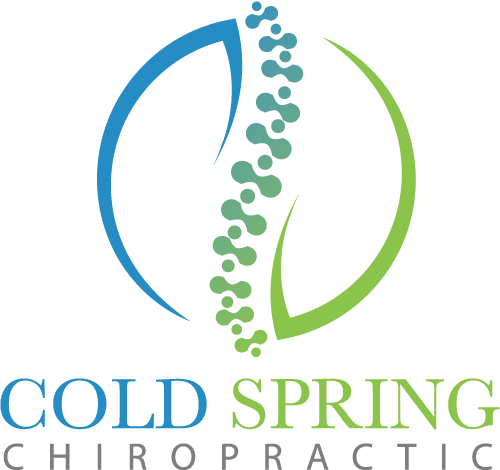Are You Overtraining?
Posted on November 26, 2017Are You Overtraining?
By Dr. Jon DeGorter, DC
Jonas Chiropractic Sports Injury Care

Training for a marathon or half marathon requires dedication, determination, and self-sacrifice. These same traits that drive runners to accomplish these goals often lead to overtraining and injury.
Challenging yourself with harder, longer and more intense workouts trains your body to adapt to new conditions being placed on it. The key is making sure that along with the added stress you are putting your body through you are also giving yourself time to recover.
If your performance plateaus or declines you are training beyond your capacity to recover. Over 60 percent of distance runners will experience overtraining syndrome. By recognizing the signs you can avoid injury and run your best on race day.
Signs of overtraining
- Decreased performance • General fatigue and feeling lethargic
- Higher than usual heart rate • Insomnia
- Loss of appetite • Loss of motivation
- Lack of mental concentration • Sore and tight muscles that does not get better
Avoid overtraining
Increase Gradually. Increase mileage with the 10% increase weekly is the rule. Track your mileage, distance, pace and how you feel to help you determine what may be causing pain or leading to an injury. The more gradual the increase, the less likely you will suffer injuries. As obvious as that sounds, many runners fail to do this time and time again. It’s important to remember that even though you’ve built up your endurance and aerobic ability, you need to ease your way into it gently so you can build muscular readiness without threatening your joints health.
Mix It Up. One long run a week with two shorter runs for speed, and an optional easy recovery run.
Cross Train. Increase your aerobic conditioning without additional running by swimming, cycling
or rowing one or two days. Weave in cross-training activity that focuses on body strength, balance, and flexibility (Pilates, yoga, or a general strength/flexibility workout). Your body needs to balance the high-intensity workouts with more calming activities that balance, lengthen, and strengthen the body.
Strength Train. Add weight training, Pilates or Yoga to your training schedule.
Stretch. Warm up with dynamic stretches and do the intense stretching after your run.
Rest and Recover. Take at least one day off a week. Rest is a crucial factor in recovery, allowing time for your body to adjust and repair the strain from your workouts. Skipping rest days and running too often doesn’t allow your body sufficient time to recover and repair.
Actively manage your aches and pains.
Listen to your body and don’t ignore pain. Be proactive when you start to feel aches and pains by having problem areas evaluated right away. Muscle pain and soreness is normal with increased training, but if pain persists it could indicate a more serious problem. Seeking treatment early will require less time off and keep you on track for an optimal race day performance.
ART® can help relieve symptoms and help prevent overtraining syndrome. Active Release Technique® is deep tissue massage with joint mobilization that results in faster, more effective soft tissue repair. Jonas Chiropractic Sports Injury Care gets you back in action fast with an individually designed injury-specific treatment plan.
We don’t just treat symptoms, we correct the underlying cause
Active Release Technique® and Graston Technique are two highly effective methods for treating soft-tissue injury, and preventing formation of adhesions and scar tissue to help prevent future injury. Active Release Technique® stimulates repair and accelerates healing by restoring normal tissue texture and reestablishing full flexibility, balance and stability. What makes ART® different from physical therapy and other treatments is how it identifies and heals scar tissue adhesions that are interfering with normal strength and flexibility with precise, targeted movements, not simply stretching out the muscles. ART® is completely natural and non-invasive and can prevent the need for more invasive treatment.
At Jonas Chiropractic Sports Injury Care you receive a personal treatment plan geared to your training and recovery goals. As trained ART® providers we pinpoint the problem area and the underlying cause contributing to pain and injury. We are dedicated to keeping up with the most effective procedures that provide significant positive results, which include stretching, strengthening, manipulation, cardiovascular exercise, and other modalities to thoroughly cover all bases. Our multidisciplinary approach leaves no stone unturned. Our approach is as unique as you are.
Dr. Jon DeGorter is the USATF-Long Island Chair of the Sports Medicine Committee, and part of the Jonas Chiropractic Sports Injury Care team. Dr. Jon specializes in treating runners and triathletes — keeping athletes doing what they love to do.

